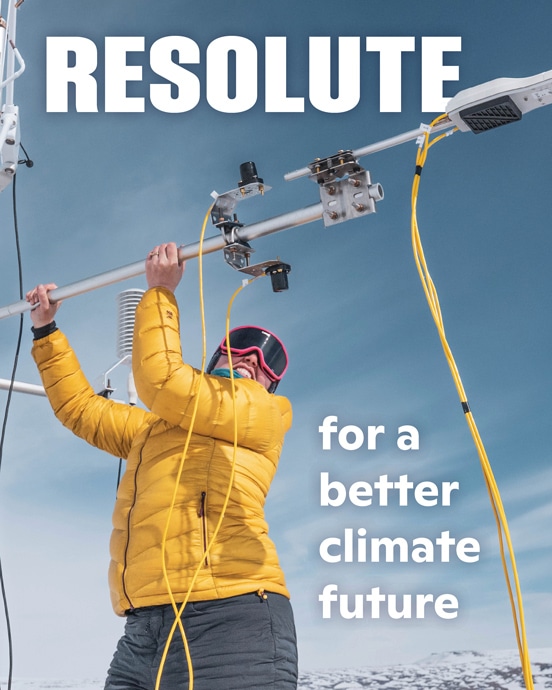photo by Anna Liljedahl
- Elchin Jafarov Senior Research Scientist
- Andrew Mullen Research Associate
- Brett A. Poulin Assistant Professor of Environmental Toxicology, University of California Davis
- Benjamin Peterson Assistant Professor, University of Wisconson Milwaukee School of Freshwater Sciences
- Jonathan O'Donnell Ecologist, National Park Service
- Taylor Evinger Ph.D. student, University of California Davis
- Michael P. Carey Research Fish Biologist, US Geological Survey
- Joshua C. Koch Research Hydrologist, US Geological Survey Alaska Science Center
Methylmercury is toxic to humans, and is increasing in rapidly warming Arctic ecosystems.
Methylmercury exposure can lead to neurological, cardiovascular, and developmental health issues in animals and humans—careful monitoring and management is needed to protect ecological and human health. As the amount of methylmercury in fish is magnified through the food chain, it poses serious health risks to both fish and humans, particularly those, like Indigenous communities, who rely heavily on fish as a dietary staple.
Thawing permafrost is releasing mercury, and when that mercury enters Arctic water bodies, microbes transform it into methylmercury. Climate change accelerates this process by increasing permafrost thaw, which increases the release of organic matter and mercury into aquatic systems and creates hotspots for methylmercury production.
Our Work
We collaborate with colleagues from University of California Davis, the United States Geological Survey, and the National Park Service to understand methylmercury pathways in small lakes in Alaska.
The Woodwell Climate team uses the LAKE model to simulate changes in the characteristics of water bodies and sediments—for example, water temperature and methane concentration. Our colleagues at UC Davis are conducting laboratory experiments to find out the relationship between methane and methylmercury. Combining these two efforts, we can predict changes in the methylmercury concentrations of lakes based on patterns in methane.
Our research will provide critical insights into the factors influencing methylmercury concentrations in Arctic ponds and lakes. Our current findings suggest that the size, shape, and connectivity of water bodies significantly influences carbon emissions. Further analysis has revealed snow cover, ice duration, and water temperature to also be key factors in Arctic lake methane dynamics.
Research area

Photos and locations of the two studied ponds in the the Yukon–Kuskokwim Delta, Alaska. One pond is located within the perimeter of a 2015 wildfire (Burned Pond) and the other pond is located in unburned tundra (Unburned Pond).
Impact
Learning more about methylmercury in the Arctic is critical to protecting ecological and human health. By highlighting the role of climate-linked variables such as snow cover, ice duration, and water temperature, our research is contributing to a deeper understanding of how climate change affects carbon dioxide and methane dynamics in Arctic regions—one that could help us better understand methylmercury dynamics.
Our finding that lake morphometry and connectivity are influential factors in these dynamics adds a new dimension to Arctic water and carbon science, and provides direction for future research and climate mitigation strategies for small water bodies with complex biological and chemical features.
This material is based upon work supported by the U.S. National Science Foundation under Award No. NSF 2211427. Any opinions, findings, conclusions or recommendations expressed in this material are those of the author(s) and do not necessarily reflect the views of the National Science Foundation.




